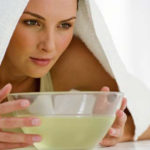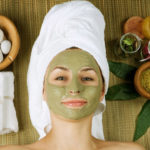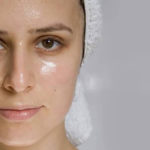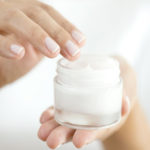Exfoliation is the process of removing dead skin cells from the surface of your skin. However, if not done properly, it can leave some dead skin cells behind. This can make your skin look flaky and rough, and also clog your pores.
Why Exfoliate Your Skin?
Your skin constantly repairs itself, leaving layers of dead skin all over your body. Exfoliation helps your body get rid of these leftover dead skin cells. If you don’t remove dead skin, your skincare products may not be able to penetrate and work effectively. By removing the top layer of skin, you’re helping topical treatments sink deeper beneath the surface where they can make a difference.
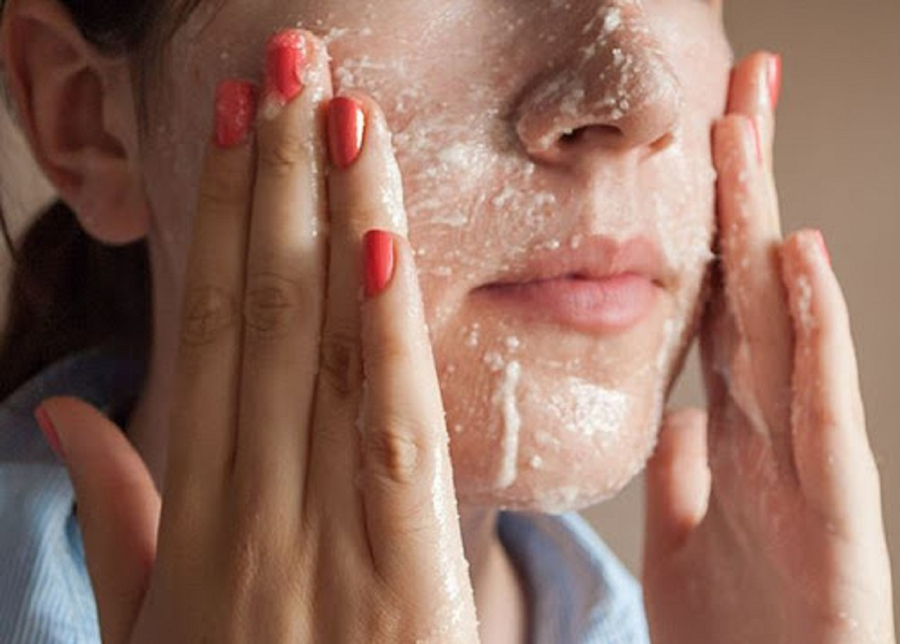
By removing the top layer of skin, you’re helping topical treatments penetrate deeper.
5 Exfoliation Methods
Out of these methods, the two most popular ones are physical and chemical exfoliation.
Physical Exfoliation
Physical exfoliation is the most common method of removing dead skin cells by using friction. This can be done with scrubs (exfoliating particles) or peeling gels. Common exfoliating particles include bean powder, rice bran powder, sugar, and sea salt, or you can use a face wash that contains exfoliating particles.
Physical exfoliation helps remove dead skin cells, but if done too frequently, it can damage your skin. So, be gentle and don’t over-exfoliate.
Chemical Exfoliation
Chemical exfoliation involves using chemical agents such as salicylic acid, glycolic acid, lactic acid, and protease enzymes to break down the bonds between dead skin cells and the epidermis, effectively removing them. One of the advantages of chemical exfoliation is that it is considered more effective than physical exfoliation.
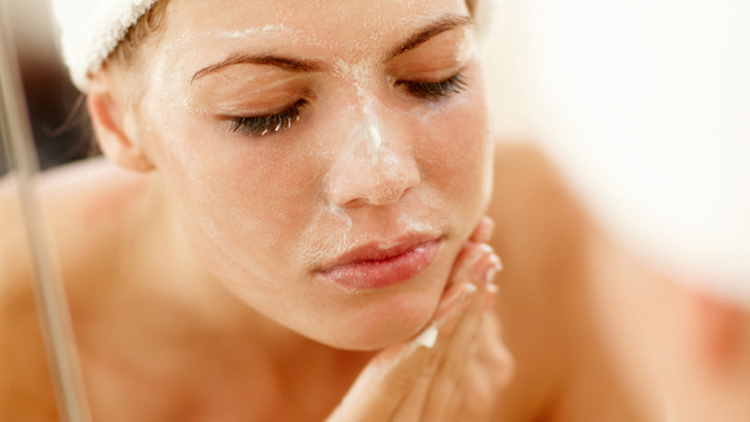
Chemical exfoliation is considered more effective than physical exfoliation.
Using Devices
Devices such as exfoliating machines and body cleansing machines can effectively remove dead skin cells.
Natural Exfoliation
Natural exfoliants include ingredients such as sugar, salt, baking soda, or coffee. It is recommended to exfoliate in the evening to remove all traces of makeup. When you apply a lot of liquid foundation and concealer, regular cleansing and makeup remover may not be enough to thoroughly cleanse your skin. Exfoliation is necessary to ensure all makeup is removed.
When to Exfoliate: Before or After Cleansing?
You can use a cleanser or exfoliator first, depending on your preference. Neither is necessarily better than the other for everyone. However, one may be a better choice depending on your skin sensitivity and personal needs.
Skincare Routine with Exfoliation
– Makeup remover -> Cleanser -> Toner -> Chemical exfoliator -> Serum/Essence -> Moisturizer -> Sunscreen
– Makeup remover -> Cleanser -> Physical exfoliator -> Toner -> Serum/Essence -> Moisturizer -> Sunscreen
– Makeup remover -> Exfoliator -> Cleanser -> Toner -> Serum/Essence -> Moisturizer -> Sunscreen
12 Home Remedies for Treating Blackheads for Soft Skin this Tet Holiday
 Skin this Tet Holiday’>
Skin this Tet Holiday’>Are you worried about blackheads ruining your complexion ahead of Tet? Then let Dien May GREEN provide you with helpful tips to get rid of them quickly and easily at home!

























